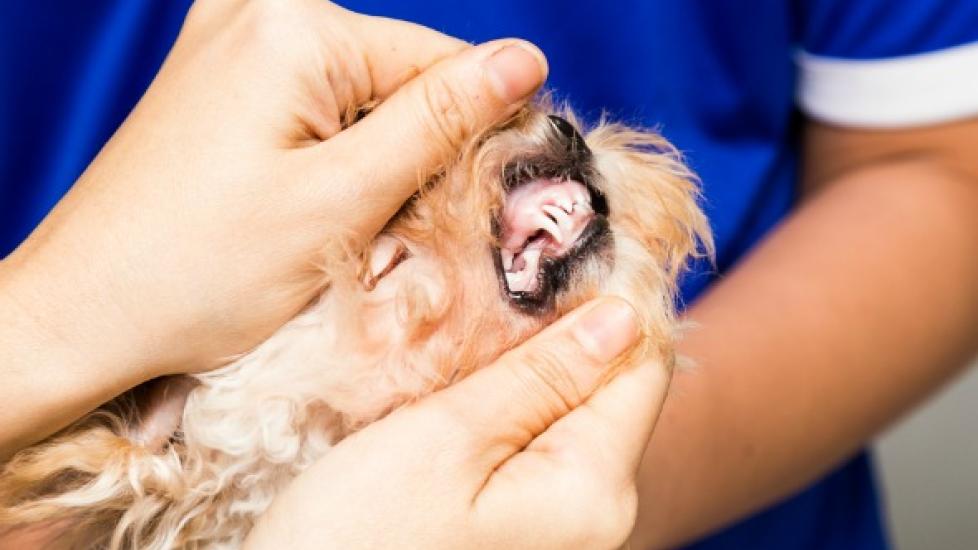Title: Understanding and Managing Cysts on Your Dog’s Gums
Introduction:
As a pet parent, it’s natural to worry about any health issues that may affect your beloved canine companion. One such concern is cysts on the gums, which can be both perplexing and potentially problematic if left untreated. In this article, we delve into what gum cysts are, their causes, symptoms, diagnosis, treatment options, and preventive measures. By understanding these aspects, you can provide the best care for your dog and maintain its oral health.
What Are Gum Cysts?
Gum cysts, also known as radicular cysts or periodontal cysts, are fluid-filled sacs that form within the tissues of the mouth. They typically develop around the roots of the teeth where the dental pulp (nerve) once resided after a tooth has lost its blood supply. These cysts can range from small and innocuous to large and troublesome, depending on their size and location.
Causes:
The primary cause of gum cysts is the inflammatory response triggered by the loss of a tooth’s blood supply. This process leads to the formation of scar tissue called epithelial cells, which can multiply and eventually enclose a pocket of fluid, creating a cyst. Other factors that might contribute to the development of gum cysts include trauma, infection, and chronic inflammation associated with poor oral hygiene or periodontal disease.
Symptoms:
Most dogs with gum cysts do not exhibit noticeable signs until they become quite sizable. However, some common indications may include swelling or lumps on the gums, pain or discomfort when chewing, bad breath, bleeding gums, and loose teeth. It’s crucial to regularly check your dog’s mouth for any abnormalities during grooming sessions.
Diagnosis:
A veterinarian will perform a thorough examination of your dog’s mouth, looking for any visible signs of cysts or other issues. X-rays are often used to confirm the presence of cysts and determine their exact location and size. Additional tests may be necessary to rule out other potential causes of the swelling.
Treatment Options:
Smaller cysts might resolve on their own without intervention; however, larger ones require surgical removal. The procedure involves excising the entire cystic structure along with the affected portion of the jawbone. Afterward, the area is carefully sutured to promote healing. In severe cases, extraction of the affected tooth(s) might be recommended to prevent recurrence. Postoperative antibiotics and pain management medications are standard protocols to aid recovery.
Prevention:
Regular veterinary checkups, including dental examinations, are essential for early detection of gum cysts. Maintaining excellent oral hygiene at home through daily brushing and regular professional cleanings can help reduce the risk of gum cysts developing due to periodontal disease. Feeding a high-quality diet rich in vitamins and minerals can support healthy gum tissue. Additionally, prompt attention to any injuries or infections affecting the mouth can minimize long-term complications.
Conclusion:
Cysts on the gums in dogs are a relatively uncommon but significant issue that requires careful monitoring and, if needed, appropriate medical intervention. By staying informed and proactive about your dog’s oral health, you can ensure a happier and healthier life together. Regular visits to the vet, diligent home care, and a commitment to maintaining good dental hygiene are key components in preventing and managing gum cysts effectively.
